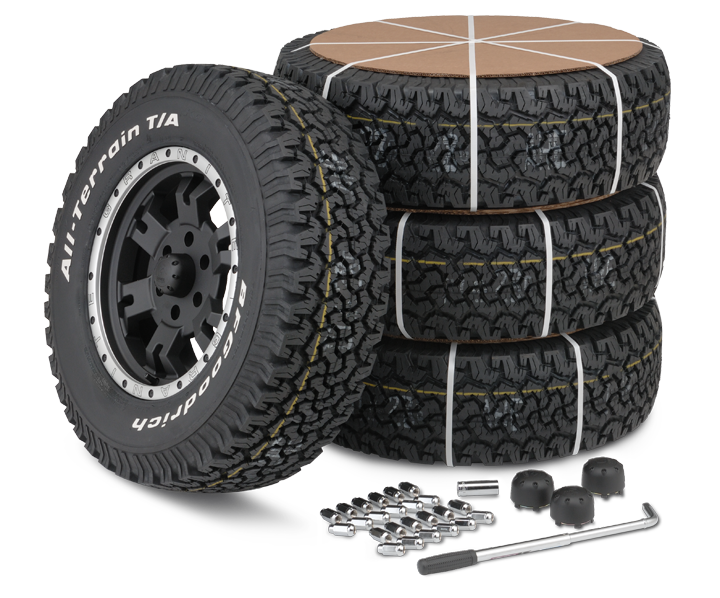Enjoy Big Savings on Discount Tires Morris IL: Shop Now for Bargains
Enjoy Big Savings on Discount Tires Morris IL: Shop Now for Bargains
Blog Article
Tire Solution: Comprehending Tire Stress Surveillance Equipments
Comprehending Tire Pressure Tracking Equipments (TPMS) is a vital facet of maintaining optimum automobile efficiency and safety on the roadway. With advancements in vehicle modern technology, TPMS has actually come to be a typical function in contemporary vehicles, providing real-time information on tire pressure degrees.

Importance of TPMS
The significance of Tire Pressure Monitoring Solutions (TPMS) hinges on their ability to improve car safety and efficiency with real-time tracking of tire pressure degrees. Maintaining the appropriate tire pressure is important for making certain optimum handling, stopping, and overall safety of a vehicle. TPMS gives drivers with prompt comments on any type of overinflated or underinflated tires, enabling prompt changes to be made.
Elements of TPMS
Making up different vital elements, a Tire Stress Surveillance System (TPMS) operates as a sophisticated safety feature in contemporary cars. The main elements of a TPMS include sensing units, a control module, and a warning sign. Sensing units are generally situated in the tire valve stem or connected to the wheel assembly, where they gauge tire stress and transmit data to the control module. The control component processes this info and activates a warning if it spots dramatically low stress in any one of the tires. The caution indication, commonly a sign on the control panel, informs the vehicle driver to check the afflicted tire or tires. Some progressed TPMS models also present the real tire stress analyses for each and every tire, providing motorists with real-time info to guarantee ideal tire performance and safety. By keeping track of tire pressure continually, TPMS aids avoid crashes, decreases tire wear, and enhances gas effectiveness, making it an essential part for vehicle safety and performance.
Types of TPMS

On the other hand, indirect TPMS relies upon the lorry's wheel speed sensors to keep an eye on tire pressure. This system finds underinflation by contrasting the rotational rates of the wheels. Indirect TPMS is much less expensive than direct TPMS, as it utilizes existing sensors within the vehicle.
While straight TPMS uses extra exact analyses, indirect TPMS is easier in style and usually calls for much less upkeep. Both systems have their constraints and benefits, and the option in between them often depends upon factors such as expense, automobile make, and individual choice. Comprehending the distinctions in between these two types of TPMS can aid car proprietors make informed choices regarding tire upkeep and safety and security.
TPMS Upkeep Tips
Conduct routine checks on the tire pressure degrees and compare them with the TPMS readings to guarantee they are constant. During tire rotation or substitute, make certain that the TPMS components are dealt with carefully to prevent any possible damages. If the TPMS advising light illuminates on the dashboard, attend to the concern promptly by examining the tire pressures and the general system for any mistakes.
Advantages of Appropriate Tire Stress
Keeping appropriate tire stress, as emphasized in TPMS Upkeep Tips, is vital for enjoying the many benefits connected with optimal tire stress levels. One of the key more info here advantages of maintaining the appropriate tire pressure is boosted fuel efficiency. When tires are properly inflated, there is less moving resistance, causing far better fuel economic situation. Furthermore, correct tire pressure makes sure also tire wear, extending the life expectancy of the tires and promoting more secure driving problems. With the ideal tire pressure, lorries additionally have far better handling and traction, particularly in adverse climate condition. This can improve overall driving efficiency and security for the chauffeur and guests. Additionally, maintaining optimal tire stress can contribute to a smoother and much more comfortable trip by minimizing vibrations and sound caused by underinflated tires. To conclude, the advantages of proper tire stress exceed simply tire long life; they include improved gas efficiency, improved safety and security, much better lorry efficiency, and total driving convenience.
Verdict
In final thought, comprehending tire pressure tracking systems (TPMS) is vital for keeping ideal tire stress and making sure vehicle safety and security. By recognizing the relevance of TPMS, recognizing with its elements, recognizing the various kinds available, sticking my review here to appropriate upkeep tips, and realizing the advantages of keeping correct tire pressure, motorists can enhance their driving experience and lengthen the life-span of their tires. Proper tire pressure is crucial to secure and effective automobile operation.

Report this page